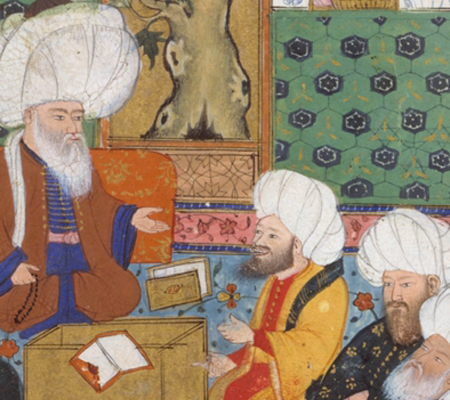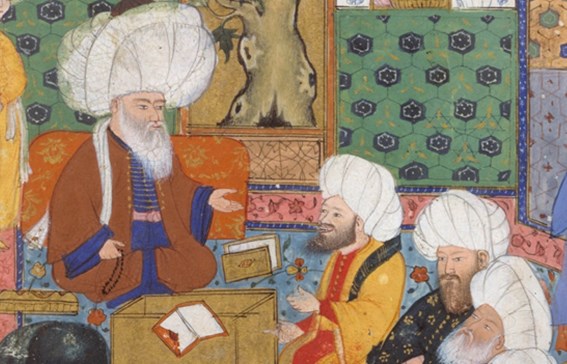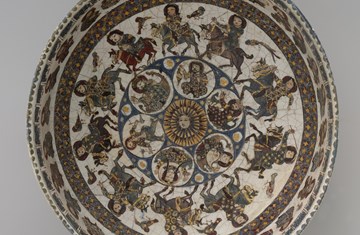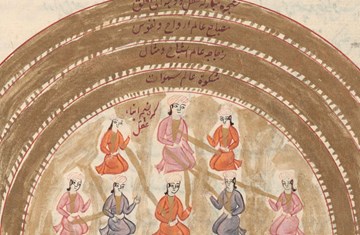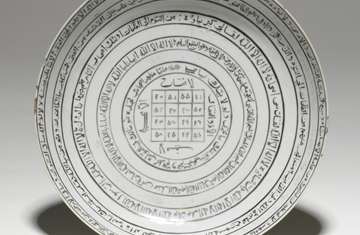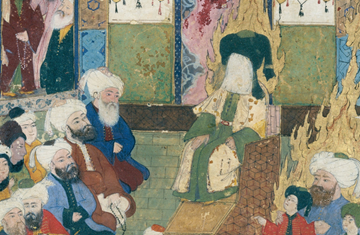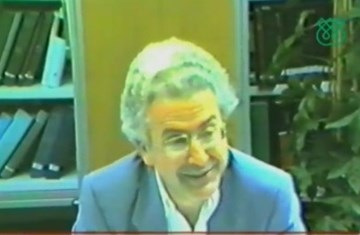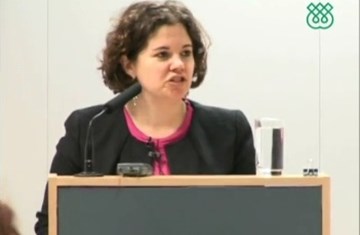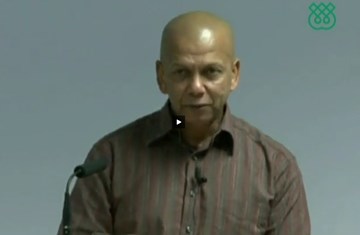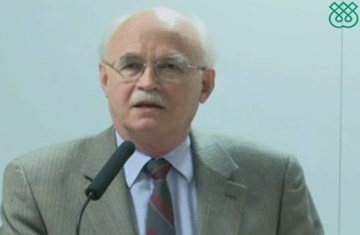The Revival of Twelver Shi’i Tafsīr in Early Modern and Modern Times
According to the doctrine of early Imami Shi’ism, the authority to interpret the Qur’an belongs exclusively to ʿAlī and his descendants, the Imams.
Consequently, most of the Tafsīrs written in Twelver Imami circles after the Occultation of the twelfth Imam are essentially comprised of traditions attributed to the Imams. Yet, an impressive revival of the Imami Tafsīr can be observed in the Ilkhanid period, and even more so during the Safavid era in Iran, in the context of interfacing between Imami Shi’ism, Sufism and philosophy. The lecture presents three case studies in order to illustrate the evolution of Imami Qur’anic exegesis in the early modern and modern eras, in its coherence and diversity: al-Muḥīṭ al-aʿẓam by Sayyid Ḥaydar Āmulī; Tafsīr Sharīf Lāhījī, alias Quṭb al-Dīn Ashkevarī; and Mirʾāt al-anwār by Abū l-Ḥasan al-Iṣfahānī. Rather than three separated trends, these works reflect different ways of combining Shi’i esotericism, mysticism and rationalism within the framework of Qur’anic exegesis.

